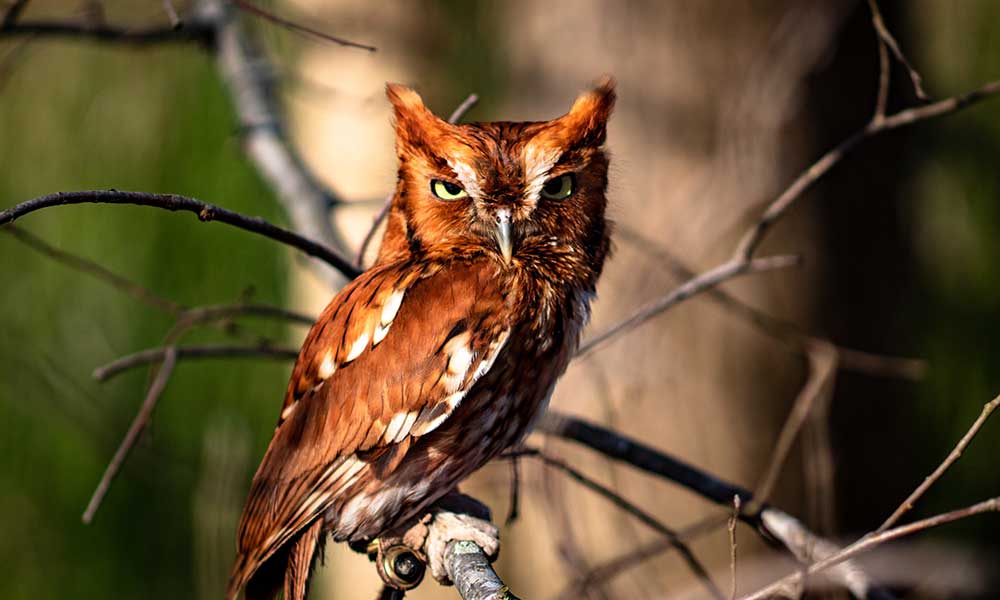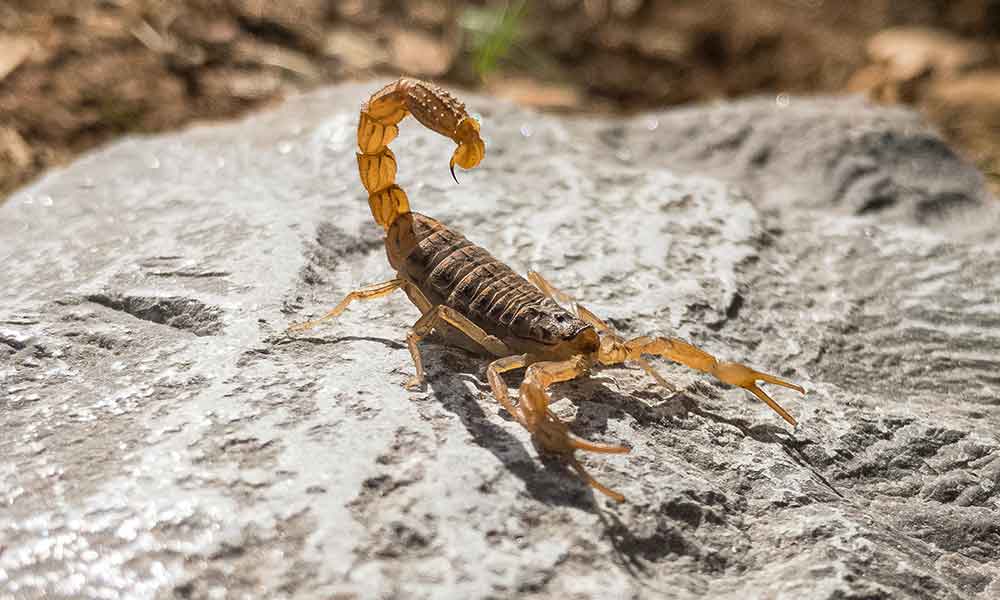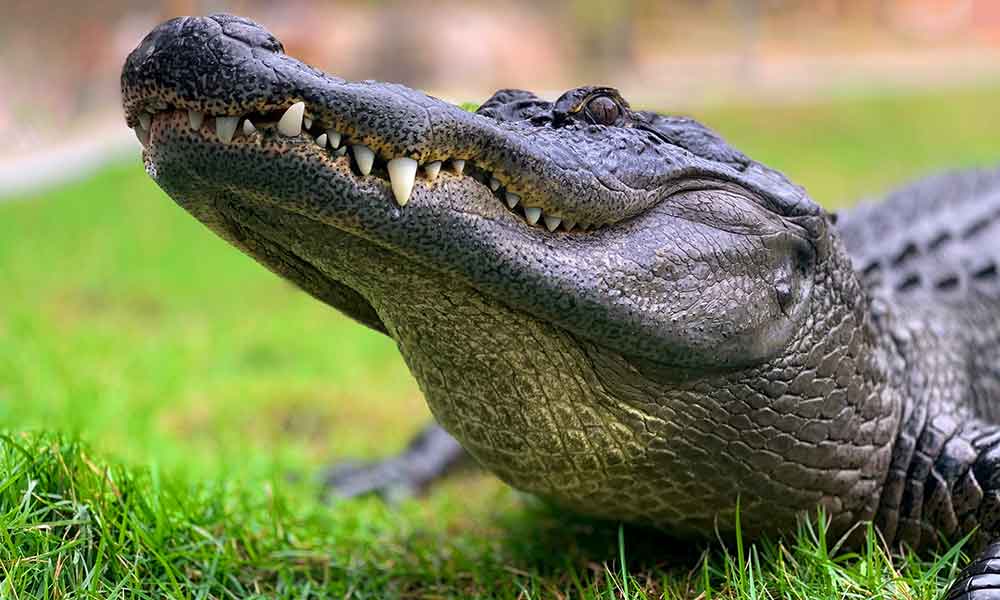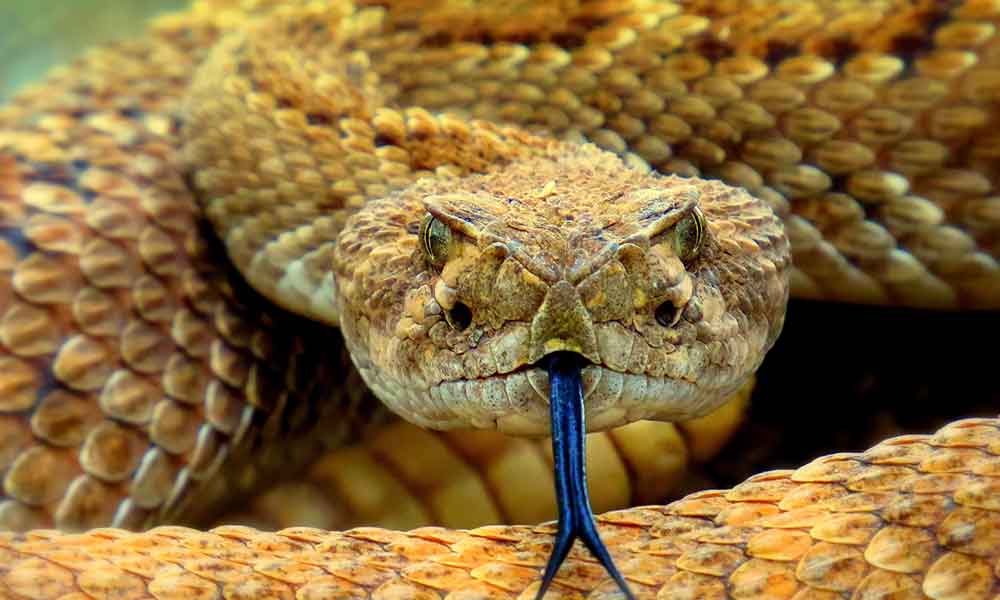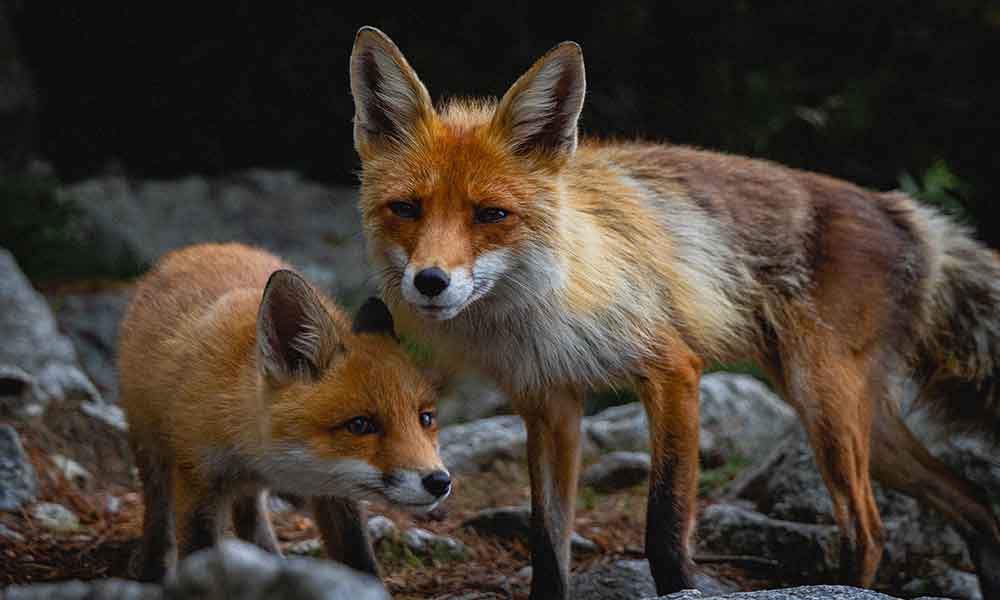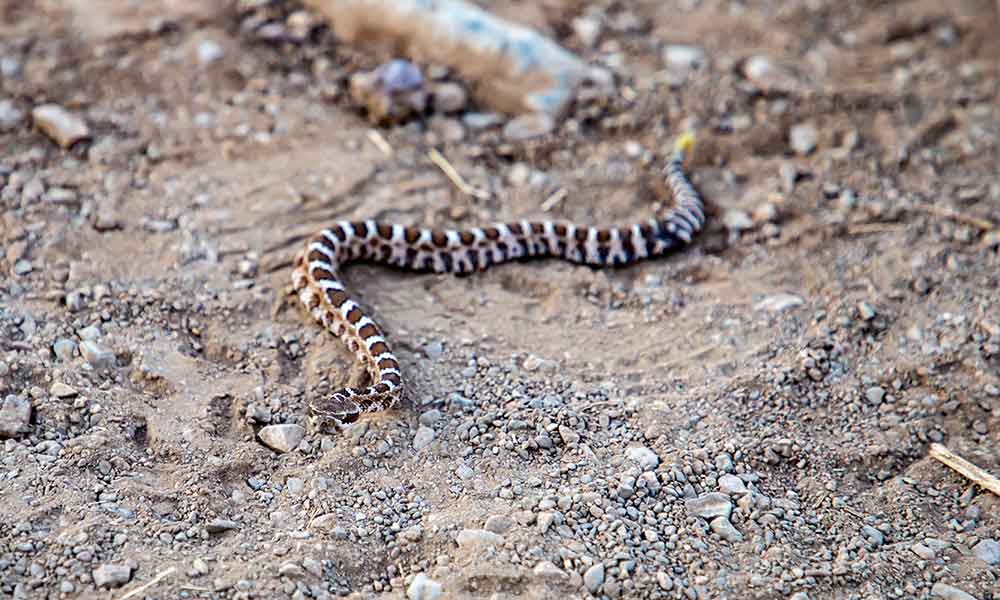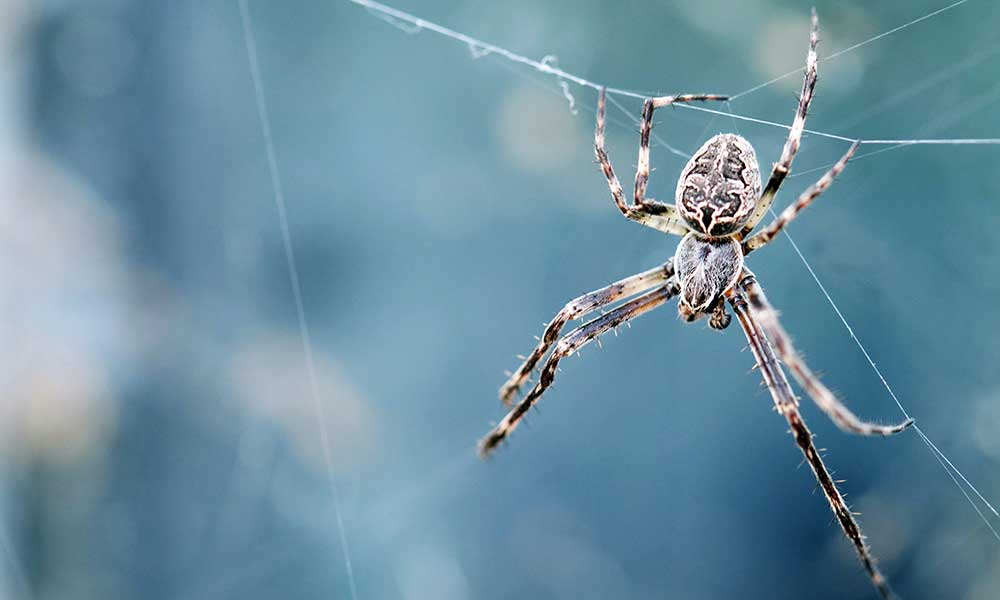Owls are fascinating creatures and there are many species of owl that call North America home. You won’t always see these creatures as they typically hunt at night, but you will hear them and if you’re out on a nighttime hike, you may see them in the flesh.
From great horned owls to burrowing owls, barn owls, and more, we’ll take a closer look at North America’s owls and tell you all that you need to know about them.
What are the Most Common Owls in North America?
The great horned owl is one of the most common species in North America. These owls only exist in the Americas and there are numerous subspecies.
What Are the Biggest Owls in North America?
The great gray owl is the biggest species in North America, stretching several feet high and weighing several pounds.
How Many Different Owls are There in the United States?
There are 19 species of owls in the United States and that number jumps to about 39 if you include all of North America. The exact number is hard to define, as there are arguments whether some species are actually distinct species or just subspecies, and owls also cover a large area due to migration patterns.
What Do Owls Eat?
Owls feed on insects such as beetles, moths, and spiders. Larger owls also eat small mammals like mice and voles and some even feast on fish.
Where Do Owls Live?
Owls can be found in a range of environments, which is why they thrive all over the world. This includes plains, forests, deserts, wetlands, and mountainous areas. They can live in both hot and cold regions and usually make their homes in tree cavities.
Types of Owls in North America
There are dozens of species of owls in North America. These owl species vary in size, weight, and location. Here’s a quick look at all of the owls that you can find on this continent.
American Barn Owl (Tyto furcate)
- Genus: Tyto
- Status: Generally Common and Widespread
- Length: 13.3 to 14.9 inches
- Wingspan: 11.4 to 14 inches
- Weight: 0.8 to 1.4 lbs.
The American Barn Owl has a long and drawn-out screech similar to other barn owls. This common owl species can be found across North America and South America.
Flammulated Owl (Psiloscops flammeolus)
- Genus: Psiloscops
- Status: Uncommon
- Length: 6.2 to 6.6 inches
- Wingspan: 5.2 to 5.8 inches
- Weight: 1.5 to 2.2 oz
The flammulated owl roosts close to tree trunks and often resembles a branch. They feed on spiders and other insects, breed in spring, and live in pairs. You can find this owl species across the western United States, as well as parts of Canada and Mexico.
Western Screech Owl (Megascops kennicottii)
- Genus: Megascops
- Status: Common
- Length: 8.6 to 9.4 inches
- Wingspan: 5.5 to 7.4 inches
- Weight: 3.1 to 8.8 oz
The western screech owl appears shortly after sunset and hunts on the edges of wetlands and fields. It lives across western North America, from the norths of Canada down to Mexico.
Eastern Screech Owl (Megascops asio)
- Genus: Megascops
- Status: Widespread and locally Common
- Length: 7 to 9 inches
- Wingspan: 5.7 to 6.8 inches
- Weight: 4.4 to 8.8 oz
Eastern screech owls are very similar to western screech owls, albeit with different colored bills. As the name suggests, they live in eastern North America, mainly in the United States but also in northern Mexico.
Oaxaca Screech Owl (Megascops lambi)
- Genus: Megascops
- Status: Uncertain
- Length: 7.8 to 8.6 inches
- Wingspan: 5.8 to 6.5 inches
- Weight: 4 to 4.5 oz
Not a great deal is known about the Oaxaca screech owl, except that it is endemic to Southwest Mexico.
Pacific Screech Owl (Megascops Cooperi)
- Genus: Megascops
- Status: Least Concern
- Length: 9 to 10.2 inches
- Wingspan: 6.4 to 7.2 inches
- Weight: 5.1 to 5.9 oz
Pacific screech owls nest in tree cavities and feed on insects and small vertebrates. Their range includes Mexico and Costa Rica.
Whiskered Screech Owl (Megascops trichopsis)
- Genus: Megascops
- Status: Locally frequent
- Length: 6.4 to 7.4 inches
- Wingspan: 5.1 to 6.2 inches
- Weight: 2.4 to 4.2 oz
The whiskered screech owl lives mainly in Mexico but can also be found throughout Nicaragua.
Bearded Screech Owl (Megascops barbarus)
- Genus: Megascops
- Status: Vulnerable
- Length: 6 to 8 inches
- Wingspan: Undocumented
- Weight: 2 to 2.8 oz
A vulnerable screen owl species that can be found in very small numbers in parts of Mexico and Guatemala.
Balsas Screech Owl (Megascops seductus)
- Genus: Megascops
- Status: Least Concern
- Length: 9.4 to 10.6 inches
- Wingspan: 6.6 to 7.2 inches
- Weight: 5.2 to 6.1 oz
The large balsas screech owl lives in southwest Mexico, nests in tree holes, and feeds on insects and small vertebrates.
Middle American Screech Owl (Megascops guatemalae)
- Genus: Megascops
- Status: Least Concern
- Length: 7.8 to 9 inches
- Wingspan: 5.9 to 7 inches
- Weight: 3.2 to 4.3 oz
Middle American screech owls reside in parts of Mexico, Honduras, Guatemala, and Nicaragua.
Snowy Owl (Bubo scandiacus)
- Genus: Bubo
- Status: Vulnerable
- Length: 20 to 26.9 inches
- Wingspan: 53.9 to 64.5 inches
- Weight: 2.5 to 4.4 lbs.
A beautiful white owl species that can be active during the day and night. These creatures live for up to 10 years in the wild and 30 years in captivity. They live in the Arctic tundra, including parts of northern Alaska and Canada.
Great Horned Owl (Bubo virginianus)
- Genus: Bubo
- Status: Widespread and locally frequent
- Length: 17.7 to 25 inches
- Wingspan: 35.8 to 59.8
- Weight: 1.9 to 5.51 lbs.
The great horned owl can live for up to 38 years in captivity and 13 years in the wild. They are very adaptable and are found throughout North America.
Spectacled Owl (Pulsatrix perspicillata)
- Genus: Pulsatrix
- Status: Locally Common
- Length: 16.9 to 20.4 inches
- Wingspan: 12 to 14.1 inches
- Weight: 15.9 to 31.9 oz
The spectacled owl is so named because of its uniquely contrasted facial markings, giving it the appearance of wearing spectacles. These owls eat small mammals and insects and live in northern parts of South America (including Venezuela and Brazil), as well as Mexico and Central America.
Mottled Owl (Strix virgata)
- Genus: Strix
- Status: Locally Uncommon
- Length: 11.8 to 14.9 inches
- Wingspan: 8.7 to 10.7 inches
- Weight: 6.2 to 12.1 oz
Mottled owls hunt small mammals like mice, as well as reptiles and insects. They live in humid forests throughout Brazil, Colombia, and other parts of South America and can also be found in Mexico and Central America.
Black and White Owl (Strix nigrolineata)
- Genus: Strix
- Status: Fairly common, least concern
- Length: 13.7 to 15.7 inches
- Wingspan: 10 to 11.5 inches
- Weight: 14.2 to 18.8 oz
Named for its unique black and white stripes, the black and white owl lives in rainforests and other humid woodlands in Mexico, Central America, and northern parts of South America.
Spotted Owl (Strix occidentalis)
- Genus: Strix
- Status: Locally threatened
- Length: 15.9 to 18 inches
- Wingspan: 11.8 to 12.9 inches
- Weight: 1.1 to 1.6 lbs.
The spotted owl is a near-threatened species that lives in the western and southwestern United States. Its population has declined rapidly due to deforestation.
Fulvous Owl (Strix fulvescens)
- Genus: Strix
- Status: Least concern
- Length: 15.9 to 17.7 inches
- Wingspan: 11.8 to 13.1 inches
These medium-sized owls are also known as Guatemala Barred Owls as they live throughout Guatemala. They can also be found in Honduras and in Oaxaca, Mexico.
Barred Owl (Strix varia)
- Genus: Strix
- Status: Not threatened
- Length: 15.7 to 24.8 inches
- Wingspan: 37.7 to 49.2 inches
- Weight: 1.1 to 2.3 lbs.
Barred Owls mainly reside in the Eastern and Northern United States, as well as parts of Oregon, Washington, California, and Canada.
Great Grey Owl (Strix nebulosa)
- Genus: Strix
- Status: Not threatened
- Length: 24 to 33 inches
- Wingspan: 15.2 to 19 inches
- Weight: 1.7 to 3.2 lbs.
As its name suggests, the great grey owl is a large owl species. It lives in North America, Russia, and parts of Northern Europe.
Crested Owl (Lophostrix cristata)
- Genus: Lophostrix
- Status: Common
- Length: 14.9 to 16.9 inches
- Wingspan: 11 to 12.7 inches
- Weight: 14.9 to 21.8 oz
Crested owls thrive in undisturbed forests and are mainly found in Brazil and Central America, with small populations in Mexico.
Northern Hawk Owl (Surnia ulula)
- Genus: Surnia
- Status: Not threatened
- Length: 14.1 to 16.1 inches
- Wingspan: 8.5 to 10.1 inches
- Weight: 7.5 to 13.8 oz
The northern hawk owl has pointed wings and is a medium-sized owl. It feeds on small mammals, including voles, lemmings, and mice. It has also been known to prey on birds and fish.
The northern hawk owl lives across most of the northern hemisphere, including parts of Scandinavia, China, Russia, and North America.
Northern Pygmy Owl (Glaucidium californicum)
- Genus: Glaucidium
- Status: Locally not rare, least concern
- Length: 6.6 to 7.4 inches
- Wingspan: 3.3 to 4.1 inches
- Weight: 2.1 to 2.5 oz
A small owl with a big appetite, the northern pygmy owl can eat several times its bodyweight in birds (mainly just the brains) and insects.
Baja Pygmy Owl (Glaucidium Hoskinsii)
- Genus: Glaucidium
- Status: Least concern
- Length: 5.9 to 6.6 inches
- Wingspan: 3.3 to 3.5 inches
- Weight: 1.7 to 2.2 oz
Also known as the cape pygmy owl, this small owl species lives in Baja California.
Mountain Pygmy Owl (Glaucidium gnoma)
- Genus: Glaucidium
- Status: Locally not rare; least concern
- Length: 5.9 to 6.6 inches
- Wingspan: 3.2 to 3.8 inches
- Weight: 1.6 to 2.5 oz
A very small owl that is diurnal, but mostly active at dusk and dawn. Its territory covers parts of Arizona, but it lives mainly in Mexico.
Guatemalan Pygmy Owl (Glaucidium cobanense)
- Genus: Glaucidium
- Status: Least concern
- Length: 6.2 to 7 inches
- Wingspan: 3.2 to 3.8 inches
A tiny owl species found in Honduras, Guatemala, and Mexico.
Tamaulipas Pygmy Owl (Glaucidium sanchezi)
- Genus: Glaucidium
- Status: Near threatened
- Length: 5.1 to 6.2 inches
- Wingspan: 3.3 to 3.7 inches
- Weight: 1.7 to 2 oz
The near-threatened Tamaulipas pygmy owl lives in the region for which it is named, Tamaulipas, Mexico.
Colima Pygmy Owl (Glaucidium palmarum)
- Genus: Glaucidium
- Status: Locally common, least concern
- Length: 5.1 to 5.9 inches
- Wingspan: 3.1 to 3.4 inches
- Weight: 1.5 to 1.6 oz
A small owl that feeds on reptiles, insects, and small birds and lives in tree holes, often the abandoned holes created by woodpeckers.
Central American Pygmy Owl (Glaucidium griseiceps)
- Genus: Glaucidium
- Status: Locally not rare
- Length: 5.5 to 6.2 inches
- Wingspan: 3.3 to 3.5 inches
- Weight: 1.7 to 2 oz
Found in most countries in Central America, as well as Southeast Mexico.
Ridgway’s Pygmy Owl (Glaucidium ridgwayi)
- Genus: Glaucidium
- Status: Uncertain, locally common
- Length: 6.6 to 7.4 inches
- Wingspan: 3.1 to 4.4 inches
- Weight: 1.6 to 3.5 oz
The Ridgway pygmy owl calls Mexico its home and can be found across numerous regions, including Sonora. Its range also includes parts of Texas, Colombia, and Panama.
Elf Owl (Micrathene whitneyi)
- Genus: Micrathene
- Status: Locally not rare
- Length: 5.1 to 5.5 inches
- Wingspan: 3.8 to 4.5 inches
- Weight: 1.2 to 1.5 oz
Formerly known as “Whitney’s owl”, after an American geologist, the elf owl lives in Southern Arizona, Texas, and New Mexico, as well as most of Mexico.
Burrowing Owl (Athene cunicularia)
- Genus: Athene
- Status: Uncertain, least concern
- Length: 7.4 to 11 inches
- Wingspan: 5.5 to 7.8 inches
- Weight: 5.1 to 8.4 oz
A ground-dwelling owl found across the western and central United States, as well as parts of Canada, Mexico, and Central America.
Boreal Owl (Aegolius funereus)
- Genus: Aegolius
- Status: Uncommon, least concern
- Length: 7.8 to 11.8 inches
- Wingspan: 6.0 to 7.5 inches
- Weight: 3.1 to 6.8 oz
The boreal owl is a small owl that is often preyed upon by bigger owls, Pine Martens, and other creatures. It lives across the northern forest belt, including the United States, Canada, Russia, Finland, Denmark, Norway, and Sweden.
Northern Saw-Whet Owl (Aegolius acadicus)
- Genus: Aegolius
- Status: Not Threatened or endangered
- Length: 6.6 to 8.6 inches
- Wingspan: 4.9 to 5.7 inches
- Weight: 1.9 to 4.3 oz
The northern saw-whet owl lives in Canada and the US. It competes with the boreal owl for food and nest cavities.
Unspotted Saw-to-Whet Owl (Aegolius ridgwayi)
- Genus: Aegolius
- Status: Least concern
- Length: 7 to 7.8 inches
- Wingspan: 5.2 to 5.7 inches
- Weight: Around 2.8 oz
Unspotted saw-to-whet owls prefer oak and pine forests at elevations of up to 3,000 meters. Most populations are in Guatemala, with smaller numbers in southern Mexico.
Stygian Owl (Asio stygius)
- Genus: Asio
- Status: Least concern
- Length: 14.9 to 18.1 inches
- Wingspan: 11.4 to 14.9 inches
- Weight: 23.8 to 24.3 oz
Stygian owls live in western and northern South America, as well as parts of Mexico and Central America.
Long-Eared Owl (Asio otus)
- Genus: Asio
- Status: Common and widespread, least concern
- Length: 13.7 to 15.7 inches
- Wingspan: 9.9 to 12.5 inches
- Weight: 7.4 to 15.1 oz
The long-eared owl is so named because of its prominent ear tufts. Also known as the Northern long-eared owl, it lives across most of North America, Europe, and Asia.
Striped Owl (Asio clamator)
- Genus: Asio
- Status: Least concern
- Length: 11.8 to 14.9 inches
- Wingspan: 8.9 to 11.5 inches
- Weight: 11.2 to 19.6 oz
The striped owl’s distribution includes northern and southern South America, as well as Mexico and Central America.
Short-Eared Owl (Asio flammeus)
- Genus: Asio
- Status: Locally common, least concern
- Length: 12.9 to 16.9 inches
- Wingspan: 11 to 13.1 inches
- Weight: 7.2 to 16.7 oz
The short-eared owl has barely visible ear tufts near the middle of its forehead. It can be found all over the world, including in North America and South America.

